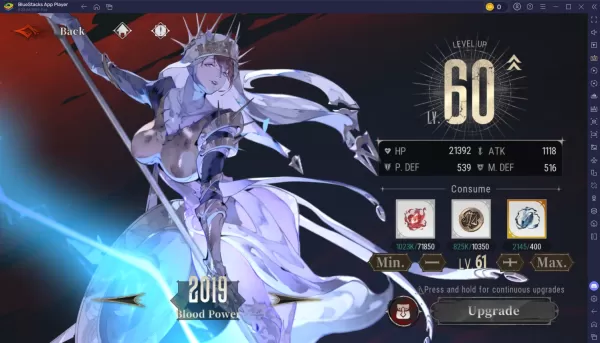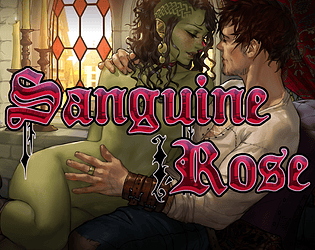Discover the diverse world of Minecraft trees and unlock their full potential! This guide explores the twelve main wood types, highlighting their unique features and optimal uses within the game.
Table of Contents
- Oak
- Birch
- Spruce
- Jungle
- Acacia
- Dark Oak
- Pale Oak
- Mangrove
- Warped
- Crimson
- Cherry
- Azalea
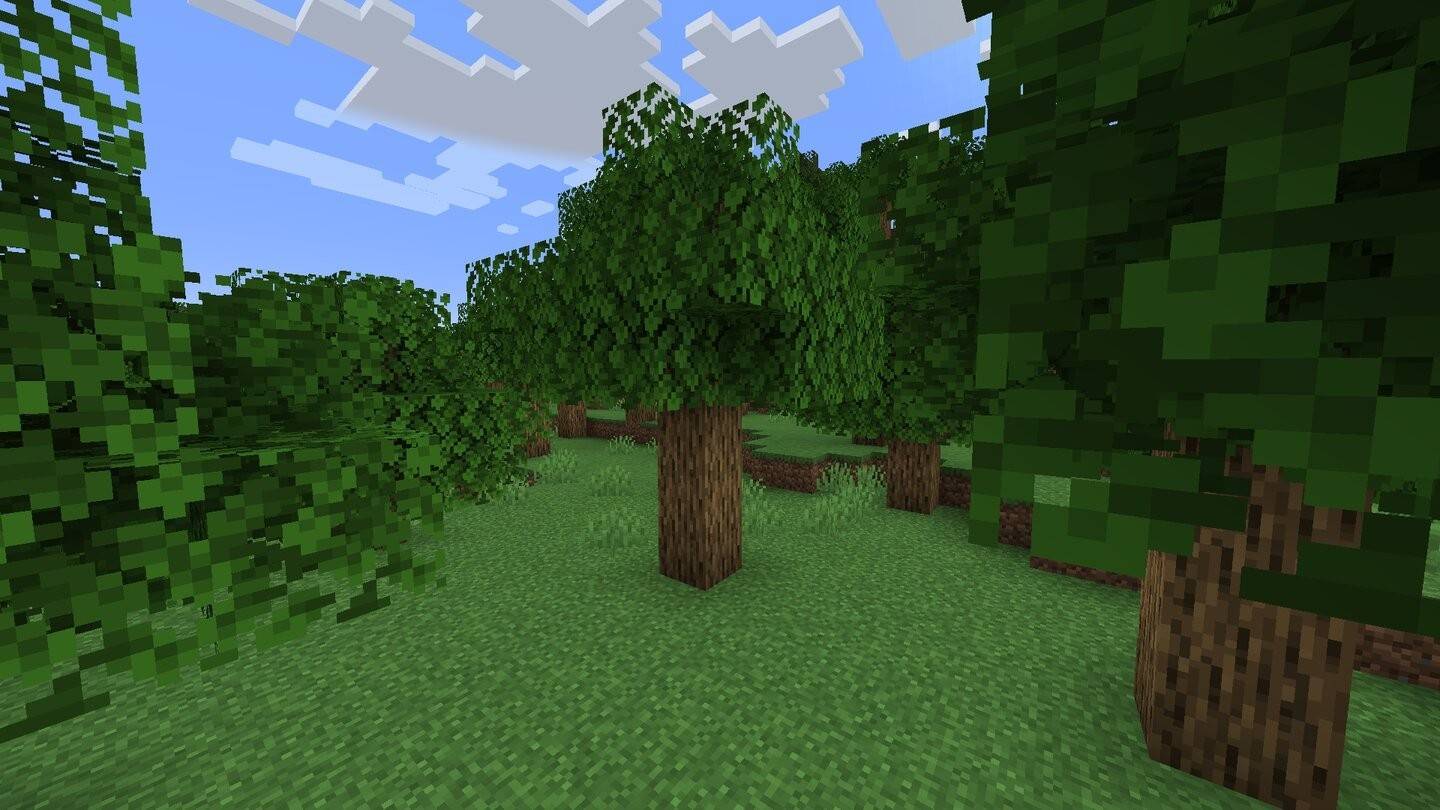
Oak
The ubiquitous oak, found in most biomes (excluding deserts and icy tundras), is a versatile crafting staple. From planks and sticks to fences and ladders, oak’s adaptability shines. Oak trees also yield apples, a valuable early-game food source and golden apple ingredient. Its classic aesthetic lends itself to cozy cottages and grand cityscapes alike.
Birch
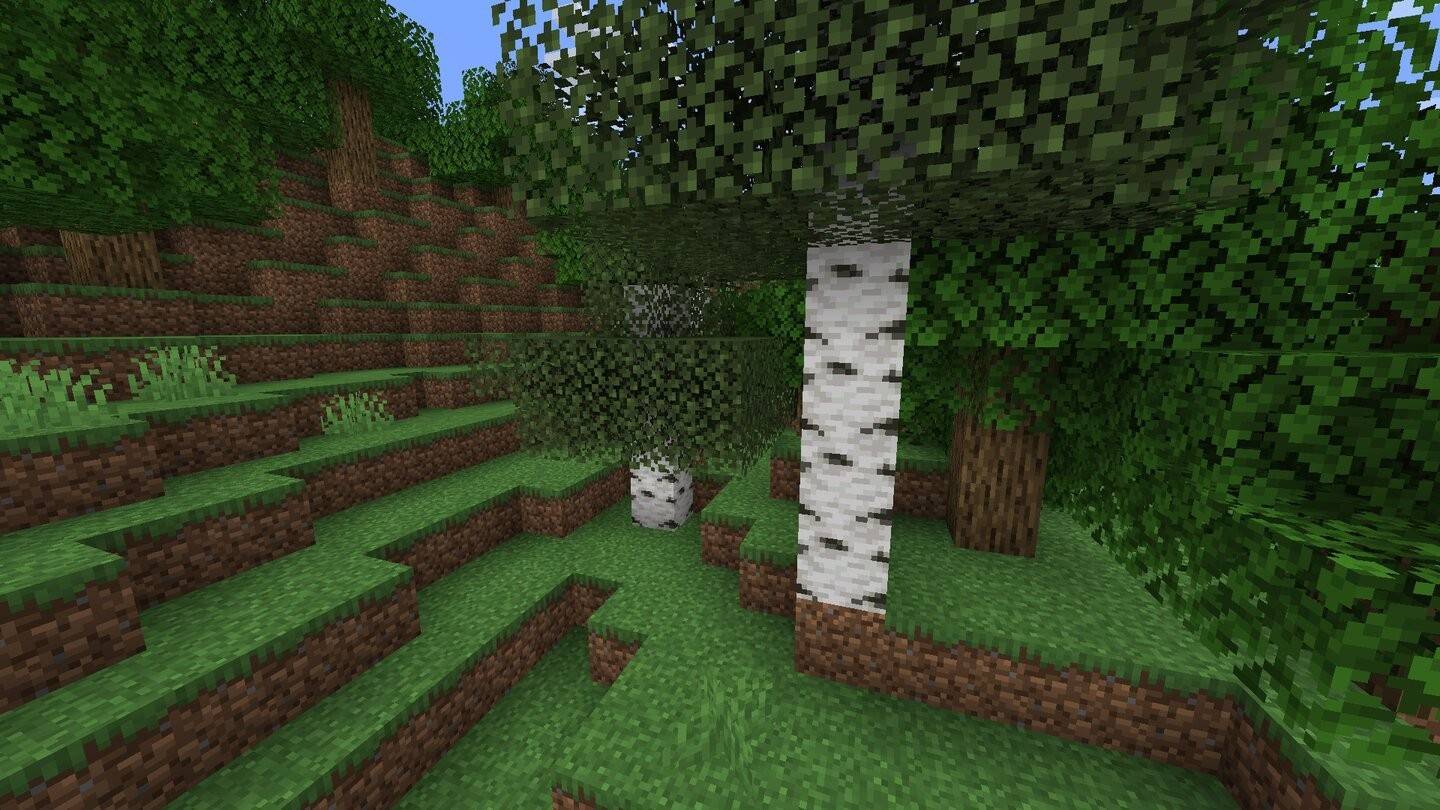
With its light, patterned wood, birch, found in birch forests and mixed biomes, is a favorite for modern and minimalist builds. Its bright texture pairs beautifully with stone and glass, creating airy and spacious interiors.
Spruce
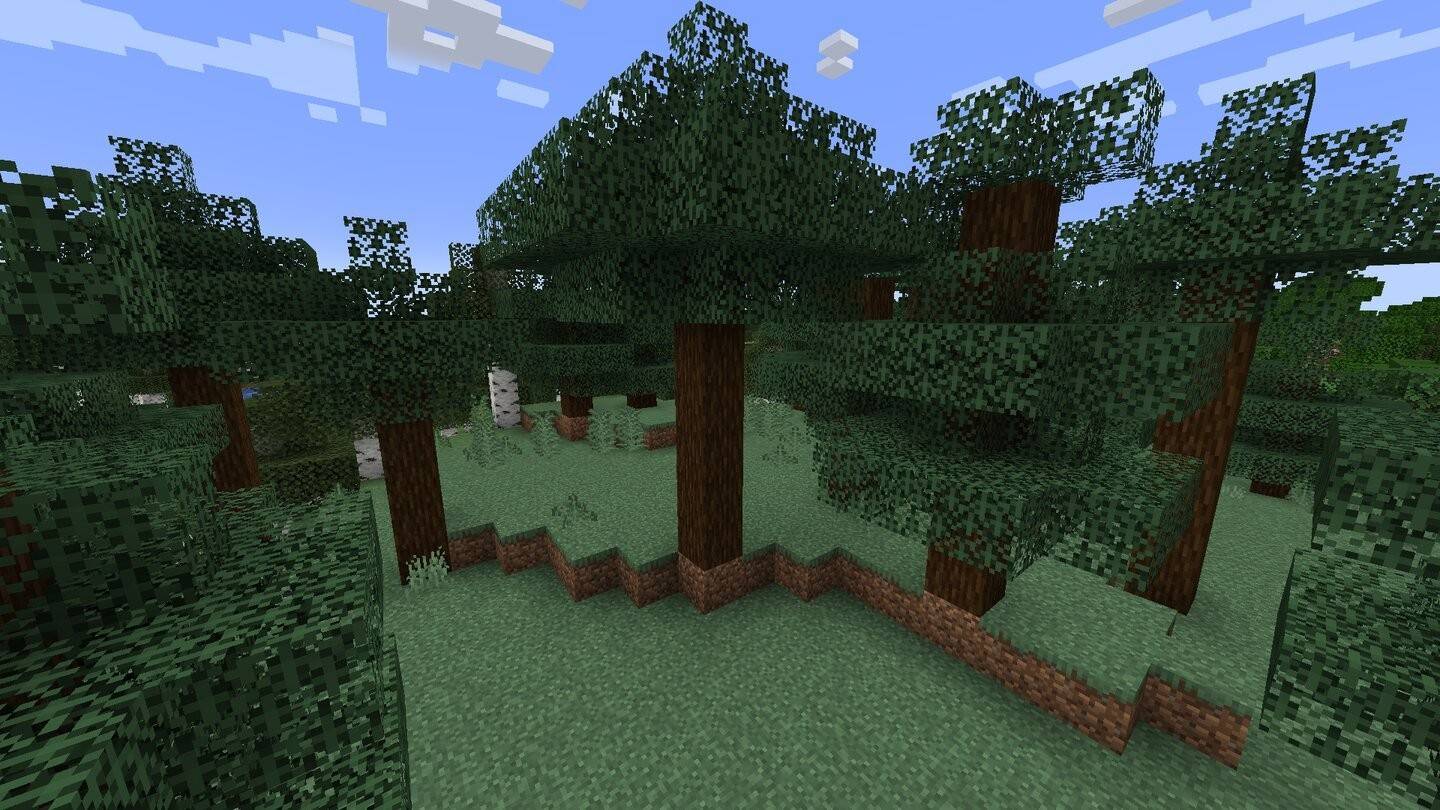
The dark spruce, harvested from taiga and snowy biomes, lends itself to grim, gothic architecture. Its height presents a slight harvesting challenge, but the reward is a robust, warm wood ideal for medieval castles, bridges, and rustic homes.
Jungle
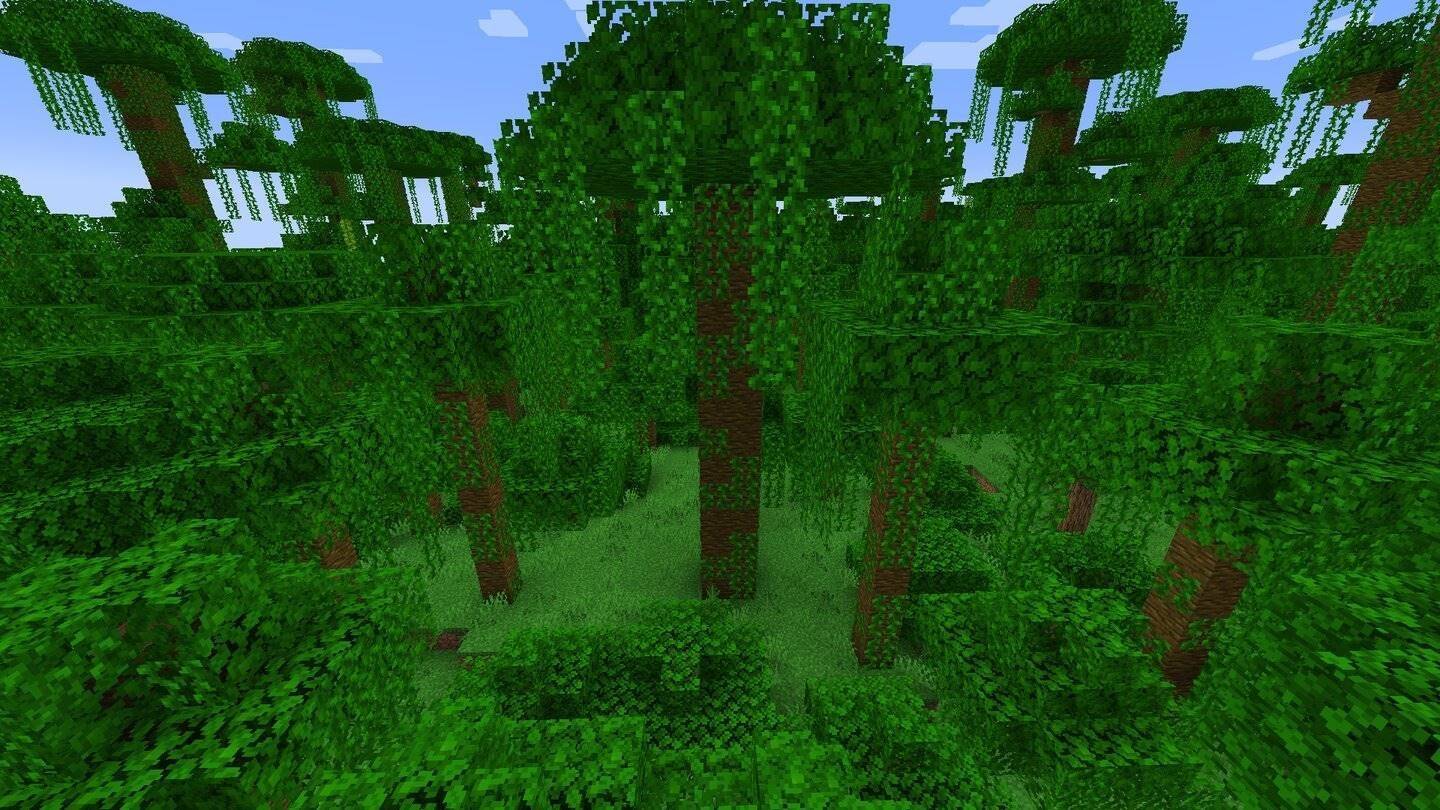
Towering jungle trees, exclusive to jungle biomes, boast bright wood perfect for decorative accents. Their cocoa bean bounty adds another layer of usefulness, making them ideal for establishing cocoa farms. Jungle wood's exotic nature suits adventure-themed builds and pirate lairs.
Acacia
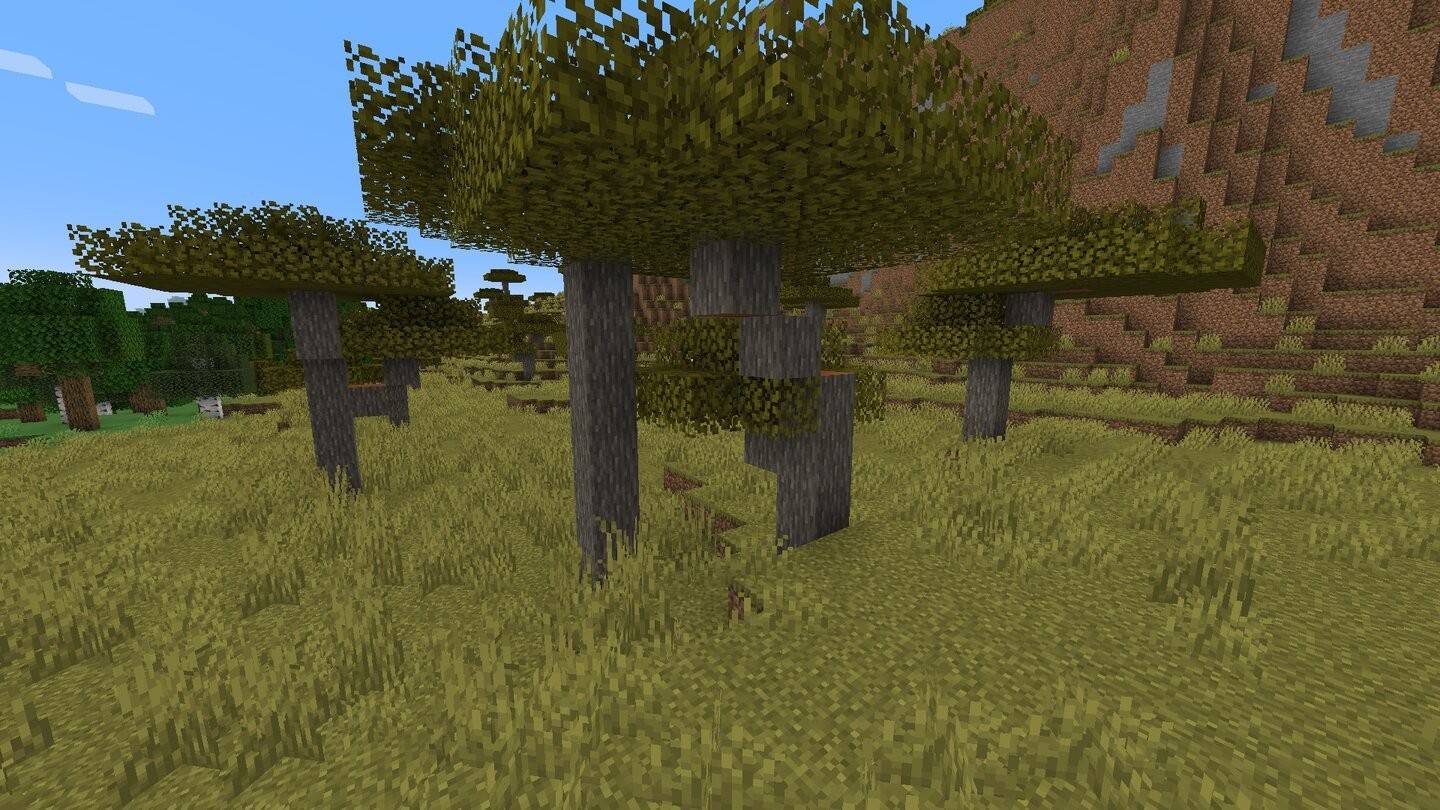
The reddish hue of acacia wood, found in savannas, adds a unique touch to desert biomes. Its unusual, horizontally spreading branches create a distinctive aesthetic perfect for ethnic villages, desert bridges, and African-inspired structures.
Dark Oak

The rich, chocolate-brown dark oak, found in Roofed Forests, is a popular choice for castles and medieval builds. Its deep texture makes it ideal for luxurious interiors and imposing doors. Its rarity makes it a more challenging resource to acquire early in the game.
Pale Oak
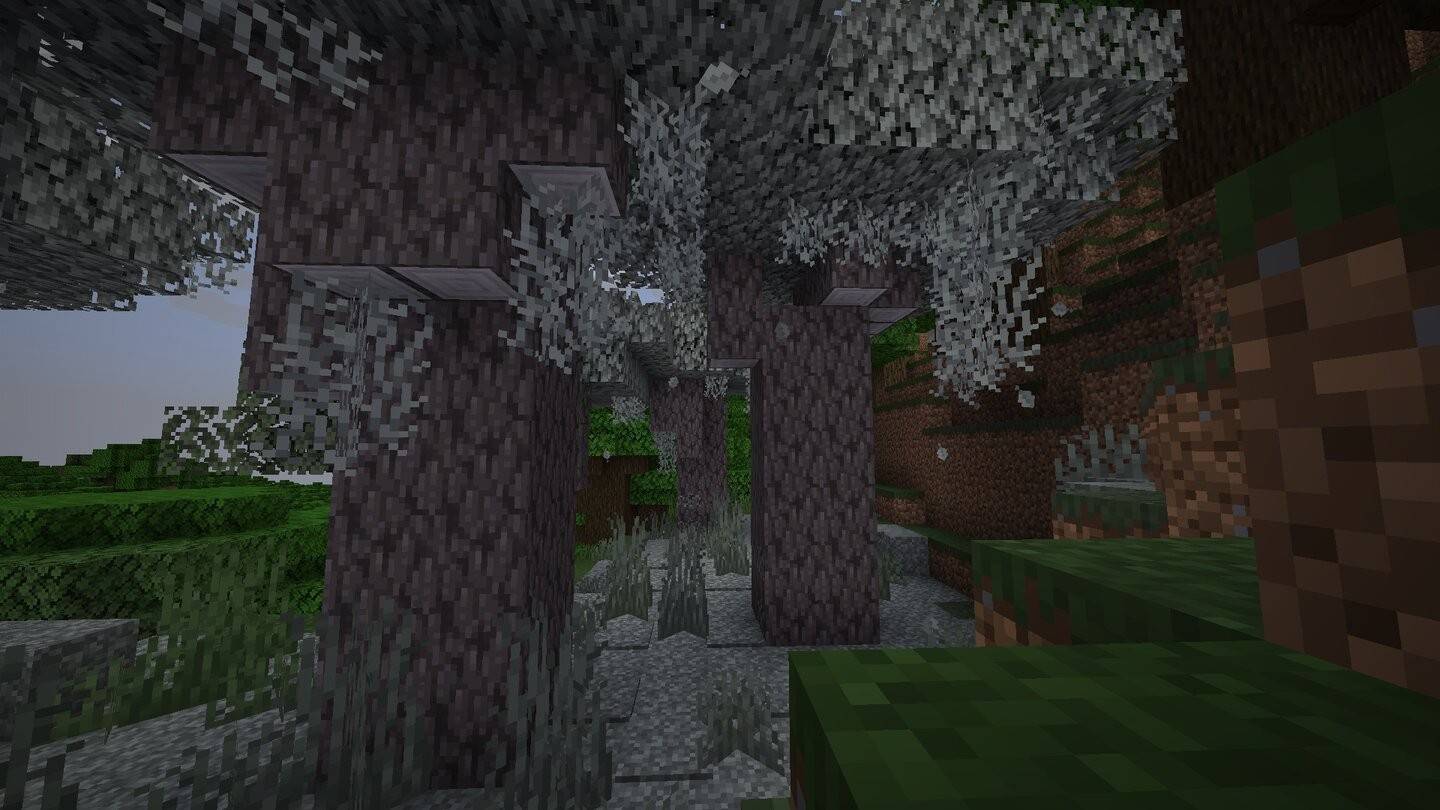
A rare find in Pale Garden biomes, pale oak shares dark oak's texture but boasts a gray tone. Covered in hanging moss, and containing “skripcevina” (which summons hostile “skripuns” at night), it provides a striking contrast to dark oak, making them ideal complements in building projects.
Mangrove
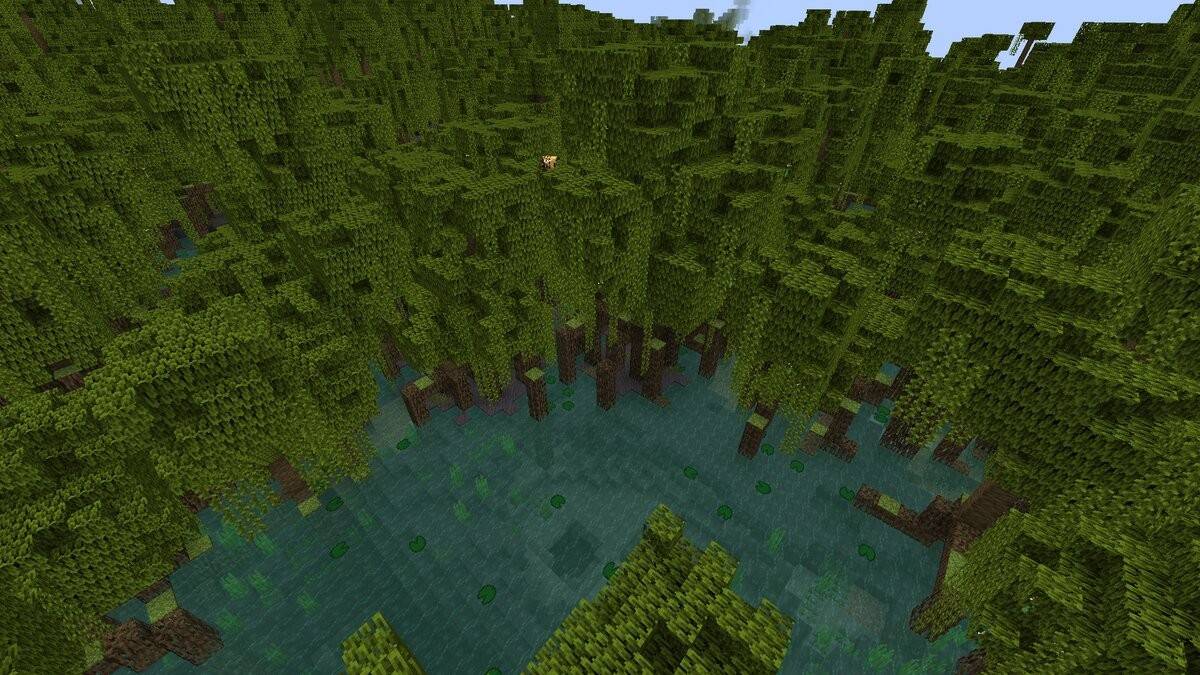
A recent addition, mangrove wood, found in mangrove swamps, has a reddish-brown hue. Its roots add unique decorative possibilities, making it perfect for building authentic-looking piers, bridges, and swamp-themed structures.
Warped
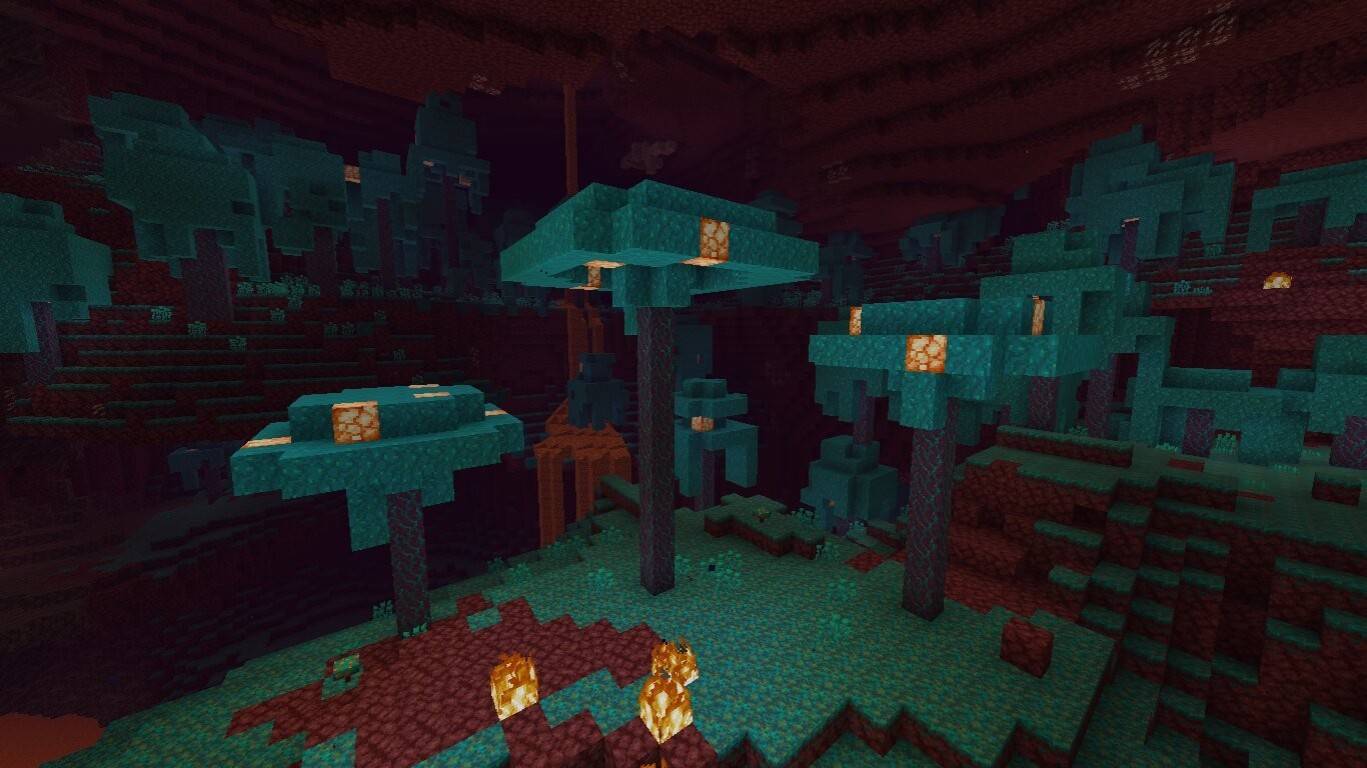
One of the Nether's two unique wood types, warped wood's turquoise color is perfect for fantasy builds. Its bright texture is ideal for magic towers, mystical portals, and decorative gardens. Importantly, Nether wood is fire-resistant.
Crimson
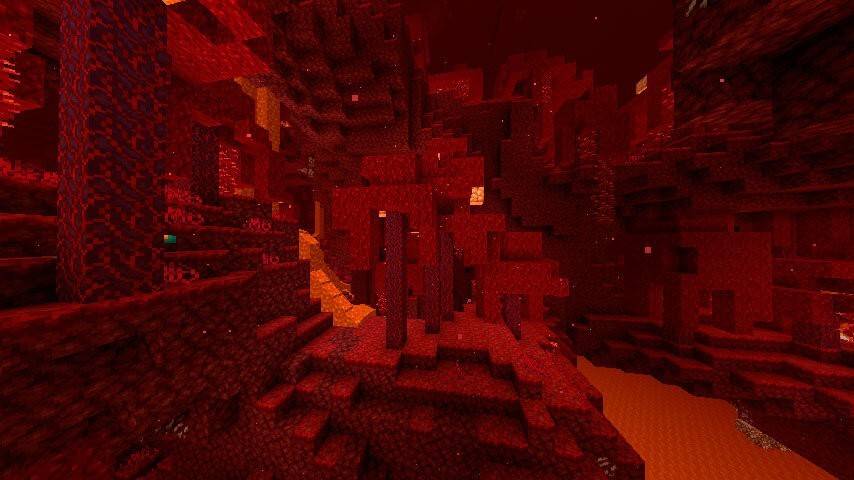
The Nether's other wood type, crimson wood’s red-purple hue is perfect for dark or demonic themes. Like warped wood, it's fire-resistant, making it a safe and stylish choice for hazardous environments. It’s also a popular choice for Nether-themed interiors.
Cherry
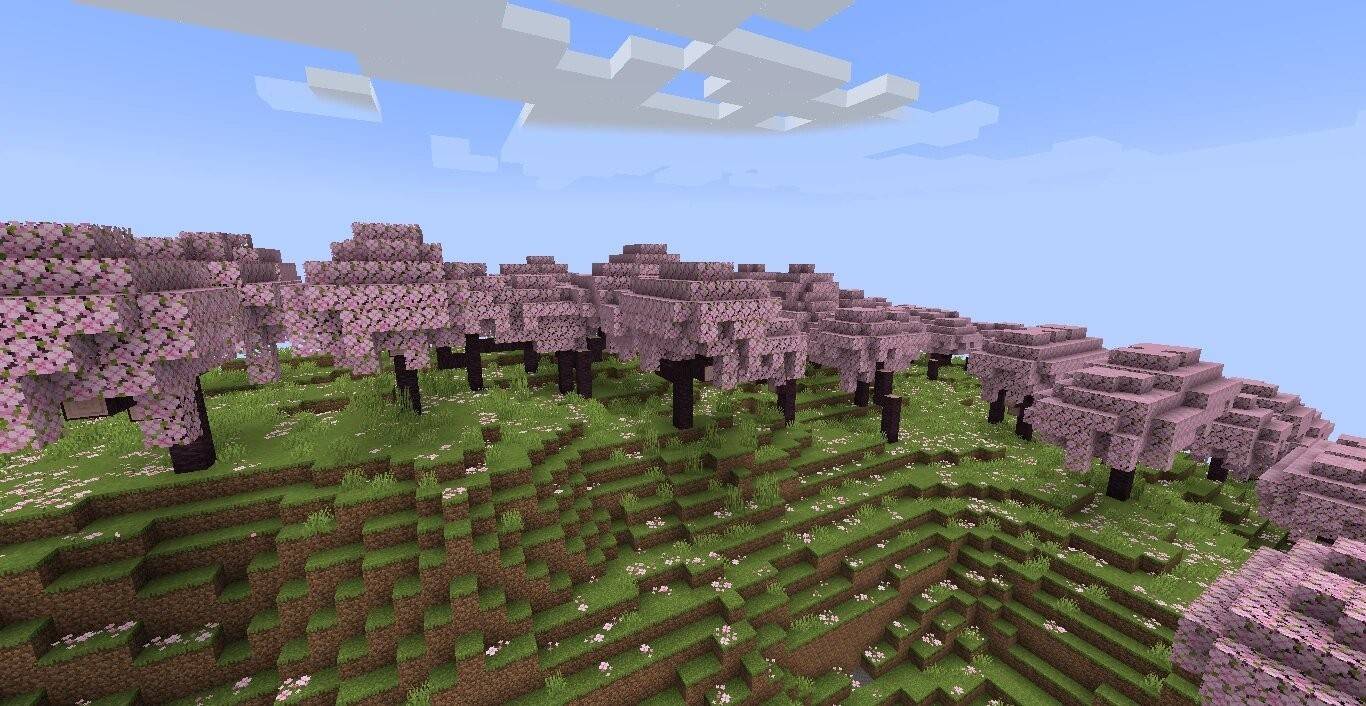
Found only in cherry grove biomes, cherry trees are unique for their falling-petal particles, adding atmosphere and visual interest. Its bright pink wood is often used for interior decoration and unusual furniture.
Azalea
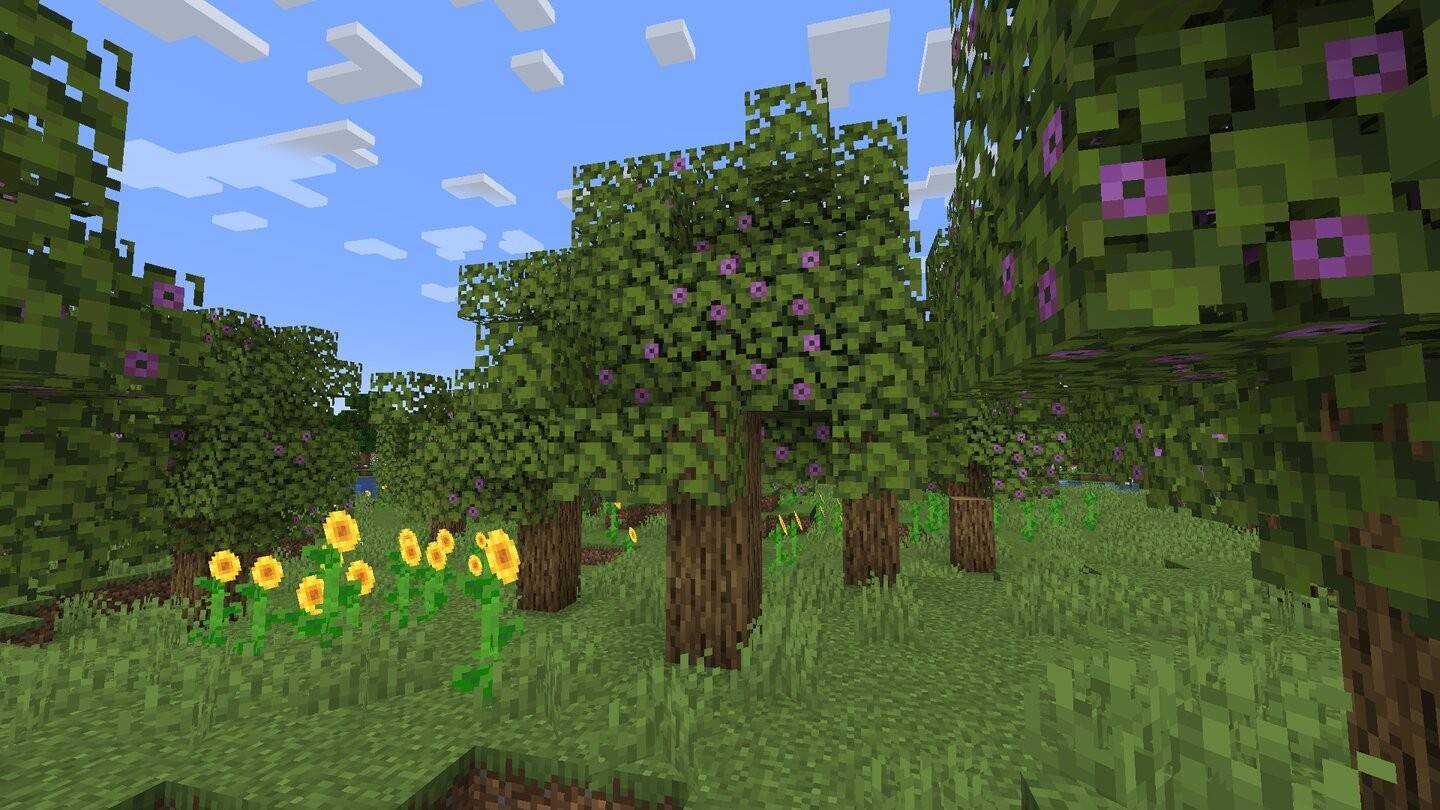
Similar to oak, azalea trees are found above lush caves, making them useful landmarks for potential mining expeditions. It’s one of two trees with a visible root system, adding a unique design element. While the wood itself is regular oak, the flowering tree adds visual appeal.
In Minecraft, wood is more than just a resource; it's the cornerstone of survival and creativity. While the crafting properties of each wood type are similar, the diverse textures and colors unlock endless building possibilities. Mastering the unique properties of each wood type allows for effective construction, crafting, decoration, and even farming. So grab your axe and start building your masterpieces!


